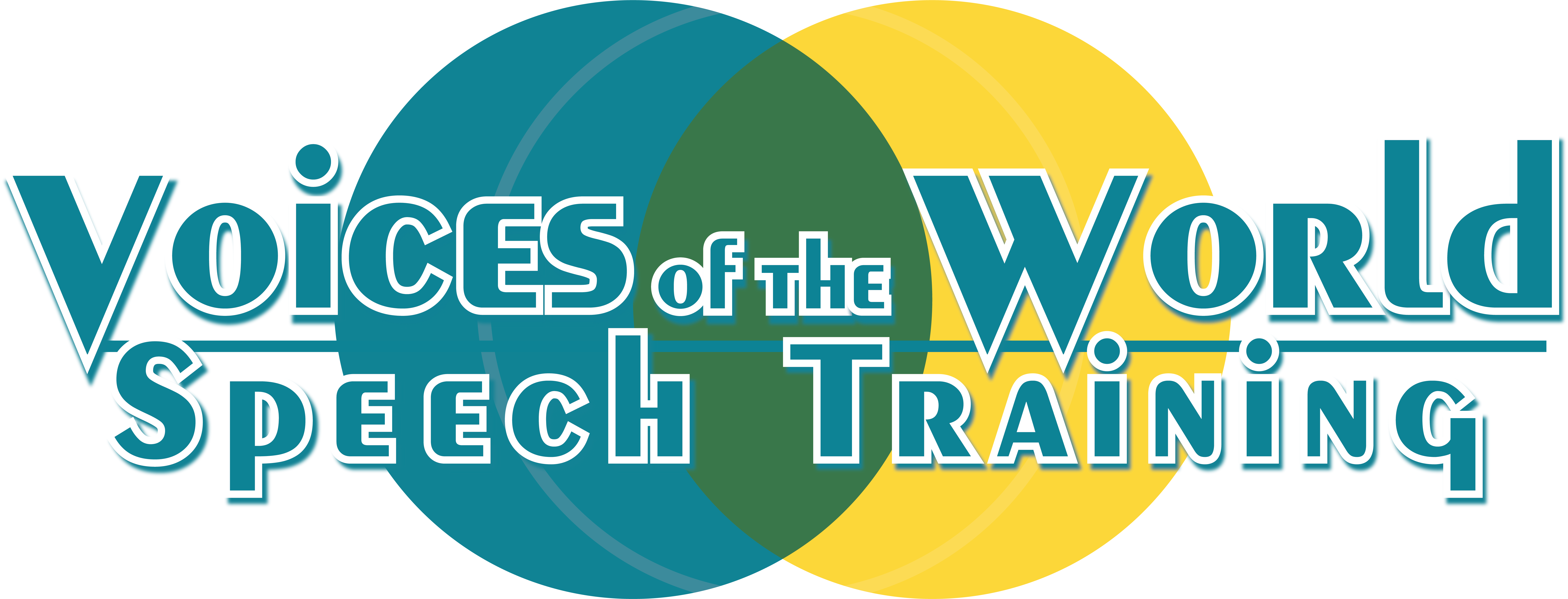
07 Oct Halloween/October Themed Pronunciation Guide
October begins the parade of heavily “themed” holidays in the United States. First we celebrate Halloween, then Thanksgiving, and finally Christmas. I am dedicating this post to 10 of the highest frequency Halloween-themed words that you are likely to use this month, especially if you are a parent to young children. This will be a quick and dirty guide- links to further reading are included throughout, but you can also follow the blog to get more in-depth tutorials on particular sounds as they are published.
1. Trick or treat
The word “trick” contains a relaxed /I/ sound, while “treat” contains a tense /i/ sound. For the tense /i/, your tongue should be very high, pushing up on the roof of your mouth. If you are not pushing up, your tongue is not high enough. To pronounce the relaxed vowel /I/ in the word “trick,” relax your tongue, dropping it slightly lower, away from the roof of your mouth.
2. Halloween
The “a” should be pronounced as /ӕ/. Many non-native speakers drop their tongue too low, pronouncing this sound much closer to /ɑ/ (e.g.”hot”). To produce this sound correctly, stretch the middle of your tongue to the sides to touch your back molars, rather than dropping your tongue down. There should be a nice slope from where your tongues touches the back molars down to where the tip of your tongue is anchored on your bottom front teeth. Try practicing with a mirror to see the position of your tongue. Does this feel awkward and unnatural? Yup! You are not alone. This sound has a very different feel to it than most people are used to.
Notice the “ee” in the word “Halloween.” When you see two vowels that only make one vowel sound, you (typically) say the name of the first vowel, which is “e”; in phonetics, this would be the tense /i/ sound (refer back to the tips in #1).
Native French speakers, remember to pronounce the “h” at the beginning of “Halloween.”
3. October
The first “o” is pronounced as /ɑ/, while the second “o” is pronounced as /o/. Need a refresher on these sounds? Refer back to this tutorial.
4. Thirty-first
Your tongue tip should be between your front teeth and the air should flow out continuously when making the “th” sound. If you stop the air, it will sound like a “t.” For more information, check out this tutorial on the “th” sound.
Make sure to pronounce those “r” sounds!
5. Pumpkin
The “u” should be pronounced as /ʌ/. Check out this tutorial for tips on how to make this sound.
6. Jack-o-lantern
Two more /ӕ/ sounds! See #2.
7. Bag
And another /ӕ/ sound! See #2. Also remember to keep your “g” voiced so it doesn’t sound like /k/. Check out this tutorial on voicing basics or this tutorial on voicing with word pairs to practice.
8. Black
Another /ӕ/ sound! See #2. If you are a native speaker of an Asian language, such as Mandarin, be careful that you pronounce the “l” with the front of your tongue touching the roof of your mouth, just behind your top front teeth. If you curl your tongue back, it may begin to sound like an “r.”
9. Candy
Another /ӕ/ sound! See #2. Noticing a theme here? Sounds like maybe I need to publish a tutorial on the /ӕ/ sound soon!
The “y” at the end of “candy” should be a tense /i/ sound. See #1.
10. Costume
The “o” here should be pronounced as /ɑ/. Refer to this tutorial about how to move your tongue and lips for this sound.
There you have it! A quick pronunciation guide for October/Halloween. To get more tips, please subscribe to the blog to get the updates as they are published.
About the Author: Jane Rupp is a speech-language pathologist and owner of Voices of the World Speech Therapy, a business in Austin, Texas, that specializes in foreign accent reduction.
